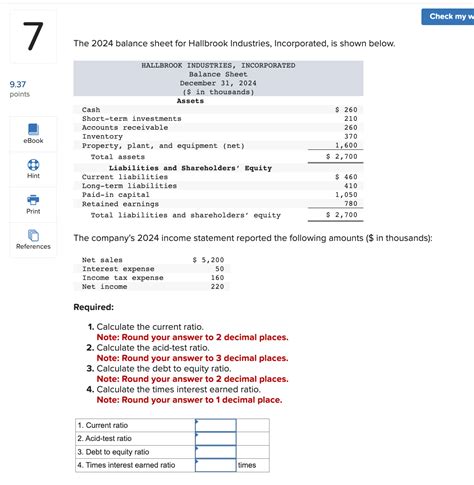1961-2024: A Quick Calculation You Need To Know
The seemingly simple subtraction of 1961 from 2024 reveals more than just a number of years; it unveils a significant historical period brimming with technological advancements, societal shifts, and geopolitical upheavals. Understanding this span—63 years—provides valuable context for comprehending the world we live in today. This article will explore the significance of this timeframe, delve into some key events that shaped it, and answer some frequently asked questions surrounding this period.
What Happened Between 1961 and 2024? A Broad Overview
The 63 years between 1961 and 2024 witnessed an unprecedented acceleration of technological progress and profound societal changes. The Cold War dominated much of the early years, marked by the Cuban Missile Crisis and the ongoing space race. This era saw the rise of the personal computer, the internet, and mobile technology, fundamentally altering communication, commerce, and social interaction. Societal movements, such as the Civil Rights Movement and feminist movements, challenged established norms and spurred significant legislative and social change. Globalization intensified, creating interconnected economies but also raising concerns about inequality and environmental sustainability.
How Many Decades Are Between 1961 and 2024?
There are six full decades (1960s-2010s) plus three years into the 2020s, covering a significant portion of the latter half of the 20th century and the beginning of the 21st. This length of time represents several generations, each shaped by unique historical experiences.
What Major Events Shaped the Period 1961-2024?
This period saw a multitude of significant events. To mention a few:
- The Space Race: The competition between the US and the Soviet Union spurred immense technological advancements and a renewed focus on scientific exploration.
- The Vietnam War: A prolonged and divisive conflict that profoundly impacted American society and foreign policy.
- The Fall of the Berlin Wall: A pivotal moment signifying the end of the Cold War and the opening of Eastern Europe.
- The Rise of the Internet: The development and proliferation of the internet revolutionized communication, information access, and global commerce.
- 9/11 and the War on Terror: Events that dramatically reshaped global security and foreign policy.
- The Global Financial Crisis of 2008: A major economic downturn with far-reaching consequences.
- The Rise of Social Media: A transformation in how people communicate, consume information, and organize politically.
- Climate Change: Growing awareness and concern about the environmental impact of human activity.
What Were Some Key Technological Advancements During This Time?
The technological advancements during this period are staggering:
- The Transistor and Integrated Circuit: Miniaturization of electronics paved the way for the computer revolution.
- The Personal Computer: Brought computing power to individuals and homes, leading to widespread adoption.
- The Internet and World Wide Web: Revolutionized communication, information sharing, and global commerce.
- Mobile Phones: Enabled ubiquitous communication and access to information.
- The Smartphone: Combined computing, communication, and multimedia capabilities into a single device.
- Artificial Intelligence and Machine Learning: Emerging technologies with far-reaching implications across various fields.
What Social Changes Occurred Between 1961 and 2024?
Significant social changes include:
- The Civil Rights Movement: A powerful movement that led to landmark legislation and significant progress in racial equality.
- The Feminist Movement: Challenged traditional gender roles and fought for equal rights for women.
- The LGBTQ+ Rights Movement: Significant strides were made toward greater acceptance and legal protections for LGBTQ+ individuals.
- Globalization: Increased interconnectedness of economies and cultures, leading to both opportunities and challenges.
- Shifting Demographics: Changes in population distribution, age structures, and ethnic diversity have shaped societies worldwide.
Conclusion: A Legacy of Change
The 63 years from 1961 to 2024 represent a period of immense transformation. Understanding this span provides crucial context for comprehending the current state of the world, from technological advancements to geopolitical dynamics and social shifts. This period serves as a reminder of the rapid pace of change and the enduring impact of historical events on the present. Further research into specific events and movements within this period is highly recommended to gain a deeper understanding of the complex interplay of forces that shaped our world.

